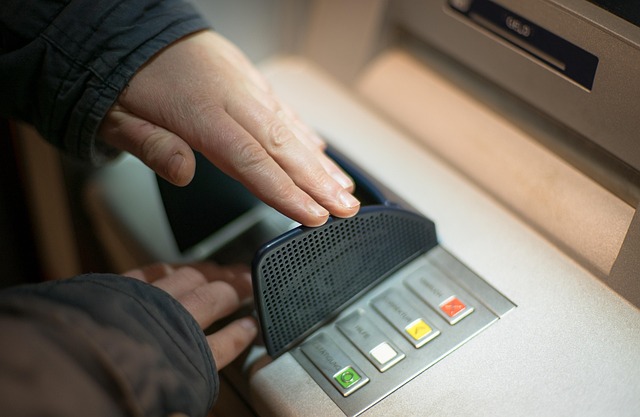
Unauthorized Transactions
Understanding Unauthorized Transactions
Unauthorized transactions can be a concerning issue for many individuals. These transactions occur when funds are withdrawn or charged to your account without your consent. Understanding how to handle such situations is crucial for protecting your finances and ensuring your rights as a consumer are upheld.
What Constitutes an Unauthorized Transaction?
An unauthorized transaction can include any charge or withdrawal that you did not approve. This may happen due to various reasons, such as lost or stolen debit cards, identity theft, or even mistakes made by merchants. It is important to regularly monitor your bank statements and account activity to catch any discrepancies early.
Steps to Take When You Discover an Unauthorized Transaction
- Review Your Transactions: First, carefully examine your recent transactions. Sometimes, a charge may appear unfamiliar but could be a legitimate purchase made by someone you know.
- Contact Your Bank: If you confirm that a transaction is unauthorized, contact your bank or credit union immediately. They have specific protocols in place to handle such situations.
- Request a Refund: If you suspect that a family member or friend may have used your payment method, requesting a refund directly from the merchant may be quicker than going through the bank.
- File a Dispute: If the transaction is confirmed as unauthorized, file a dispute with your bank. They typically have ten business days to investigate the issue.
- Monitor Your Account: Continue to monitor your account for any further unauthorized transactions while the investigation is ongoing.
Bank Responsibilities and Consumer Rights
When you report an unauthorized transaction, your bank or credit union is obligated to investigate the issue. They must correct any errors within one business day after confirming that an error has occurred. Additionally, if you report a lost or stolen debit card within two business days, your liability for unauthorized transactions is limited to $50. If you wait longer than that, you may be responsible for more of the charges.
Preventing Unauthorized Transactions
While it is impossible to eliminate the risk of unauthorized transactions entirely, there are several steps you can take to minimize your exposure:
- Use Strong Passwords: Ensure that your online banking and shopping accounts have strong, unique passwords.
- Enable Alerts: Set up transaction alerts through your bank to receive notifications of any account activity.
- Monitor Statements: Regularly check your bank statements for any unfamiliar transactions.
- Secure Your Devices: Keep your devices secure with up-to-date antivirus software and avoid using public Wi-Fi for financial transactions.
Conclusion
Unauthorized transactions can be alarming, but knowing how to respond can help mitigate the impact on your finances. By understanding your rights and the responsibilities of your bank, you can navigate these situations more effectively. Always remain vigilant and proactive in monitoring your financial accounts to protect yourself from potential fraud.

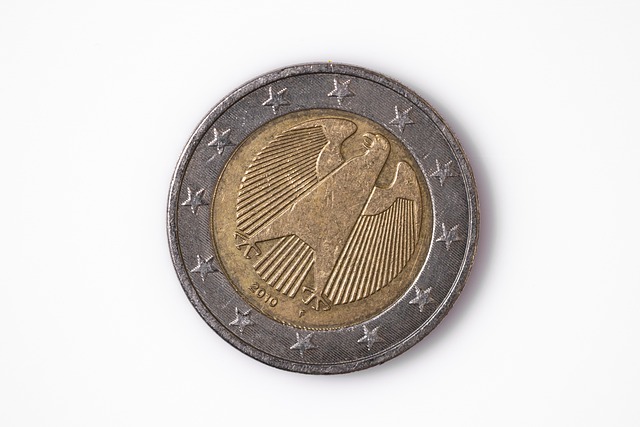
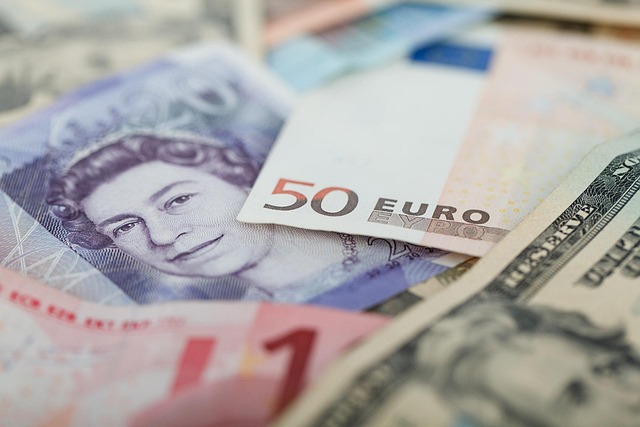



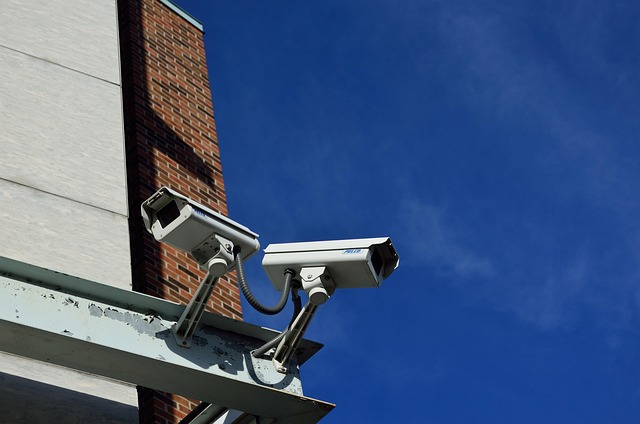




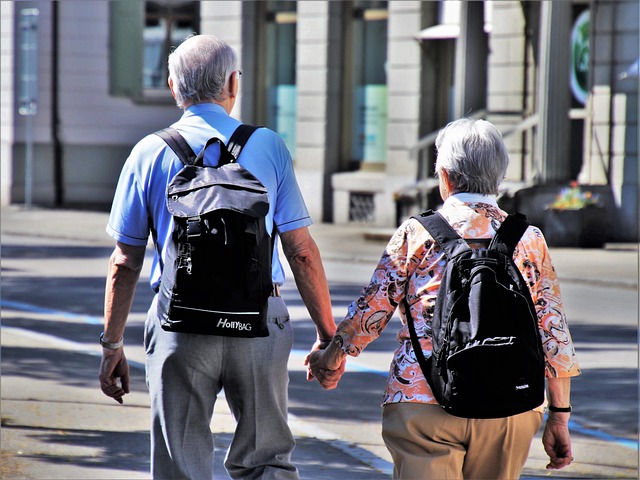

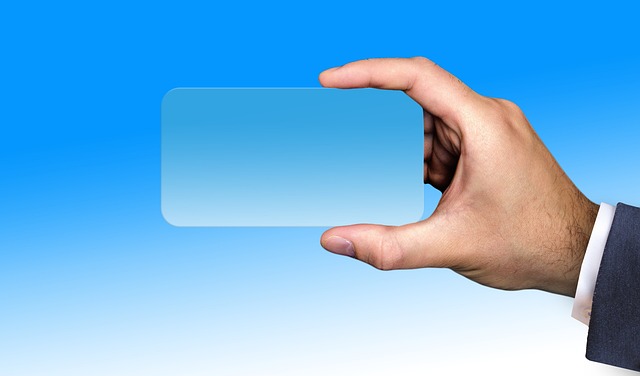
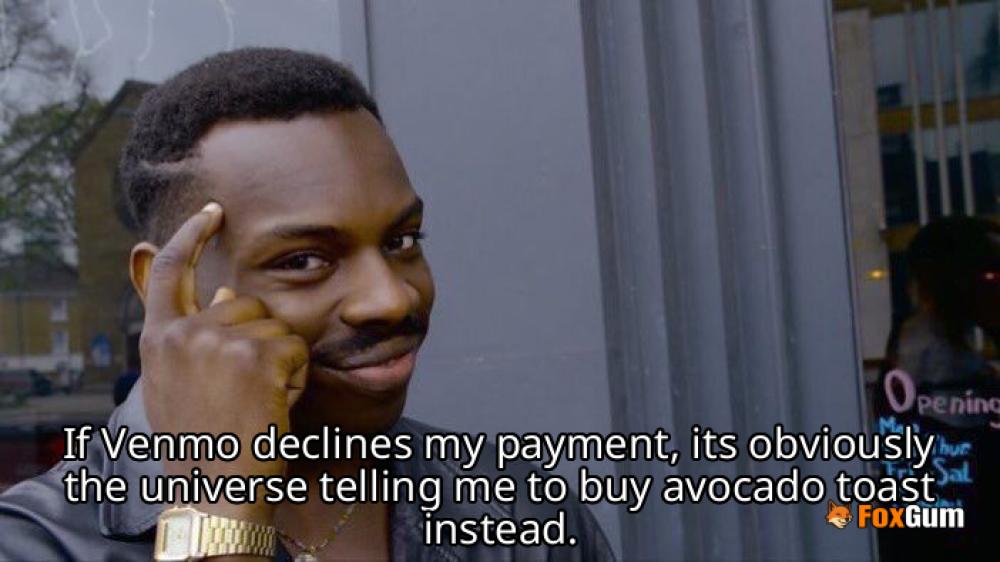


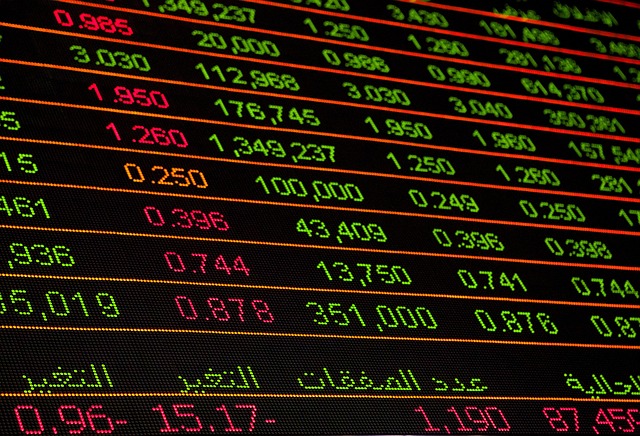
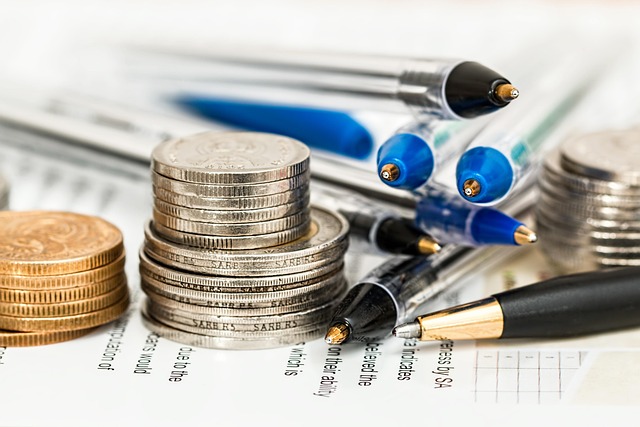

 College Merchandise Sales Rankings 2023
College Merchandise Sales Rankings 2023 
 Health
Health  Fitness
Fitness  Lifestyle
Lifestyle  Tech
Tech  Travel
Travel  Food
Food  Education
Education  Parenting
Parenting  Career & Work
Career & Work  Hobbies
Hobbies  Wellness
Wellness  Beauty
Beauty  Cars
Cars  Art
Art  Science
Science  Culture
Culture  Books
Books  Music
Music  Movies
Movies  Gaming
Gaming  Sports
Sports  Nature
Nature  Home & Garden
Home & Garden  Business & Finance
Business & Finance  Relationships
Relationships  Pets
Pets  Shopping
Shopping  Mindset & Inspiration
Mindset & Inspiration  Environment
Environment  Gadgets
Gadgets  Politics
Politics 